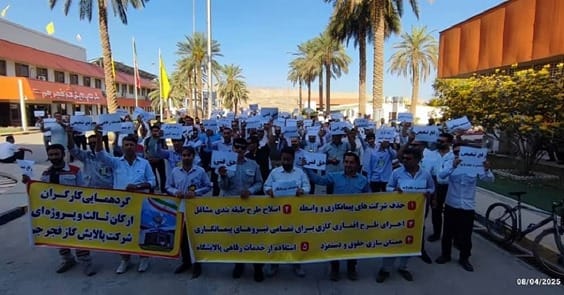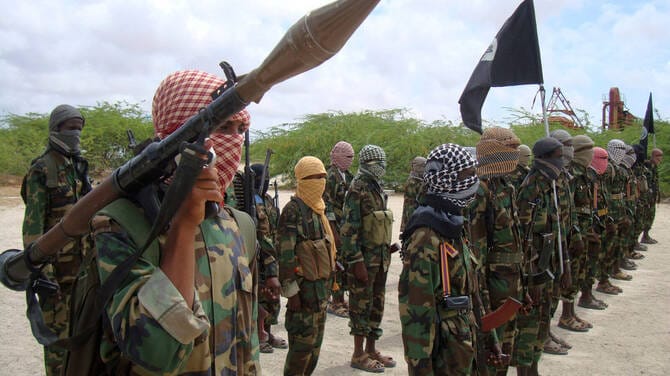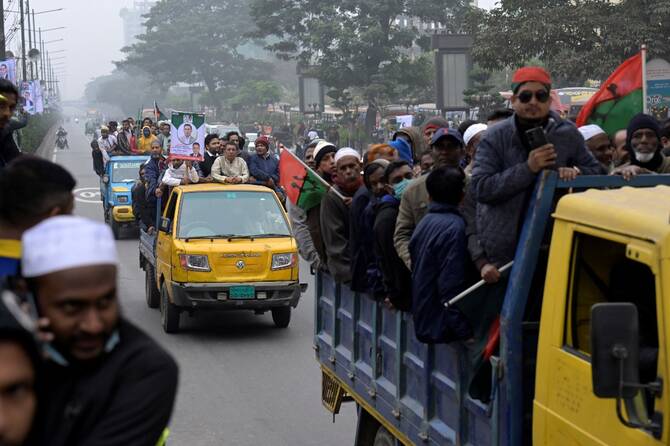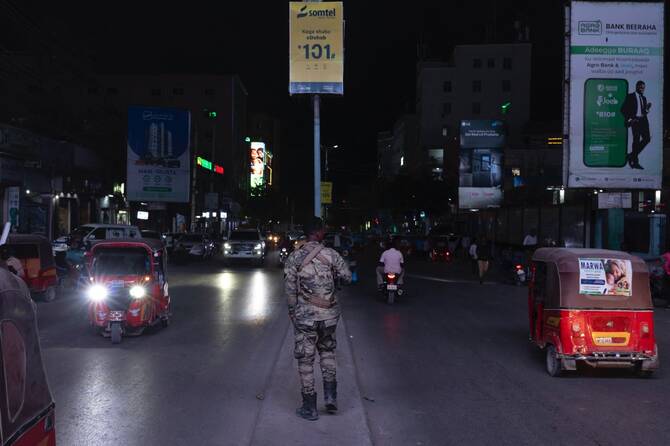Iran Protests: 244 Recorded Demonstrations in April Amid High Censorship and Widespread Discontent

Despite an intense climate of censorship, repression, and restricted access to communication tools, reports from inside Iran indicate that at least 244 protest actions took place across the country in April 2025. These figures, compiled by activists and monitoring groups, reflect only part of a much larger and potentially underreported wave of dissent against the regime’s policies, corruption, and repression.
Observers warn that due to the regime’s harsh control of information, internet shutdowns, and intimidation of independent reporters and participants, the real scale of protests is likely far greater, with many incidents remaining undocumented.
Protesters Across Sectors and Cities
According to the latest summary, protests spanned a wide spectrum of Iran’s society and economy, signaling growing discontent across different sectors:
Retirees staged 73 protests in multiple cities, demanding unpaid pensions, health benefits, and action against rising living costs. Protests were seen from Tehran to Ahvaz, targeting the regime’s failure to implement fair policies and accusing government-linked bodies like the Executive Headquarters of Imam’s Directive and the IRGC’s cooperative foundations of plundering pension funds.
Workers held 68 protests over unpaid wages, poor working conditions, and mass layoffs. Key sectors included oil and gas, steel, and transportation, with demonstrations by contract workers at South Pars, refinery workers in Jam, and municipal workers in Bushehr.
Farmers protested at least 17 times, particularly in Isfahan and Sistan and Baluchestan, denouncing water shortages, unfair water distribution, and the collapse of local agriculture. Demonstrations blocked roads and pressured local officials for access to irrigation and compensation.
Other protest actions included:
7 protests by bakers in Kermanshah, Shiraz, and Qom, demanding subsidies and fair pricing.
4 protests by truck drivers in Yazd and Khuzestan, over low wages and licensing issues.
Protests by merchants and market vendors in Tehran, Shiraz, and Marivan against unfair taxes and skyrocketing rents.
Teachers protested in Tehran and Khorramabad over delayed payments and mismanagement of funds.
In Tabriz, residents protested toxic emissions from a refinery, damaging health and agriculture. Meanwhile, Lavan Island oil workers protested labor conditions.
Protest Actions Beyond Labor Demands
In addition to economic grievances, April saw several protests driven by social justice and human rights concerns:
Families of death row prisoners held vigils and rallies outside prisons in Tehran, Urmiya, Dezful, and Sanandaj, demanding cancellation of execution sentences.
Residents in Khuzestan and Ilam protested water shortages and environmental degradation due to state-backed dam and mining projects.
In Qazvin, defrauded investors blocked the Qazvin-Karaj highway to demand restitution in a car sales fraud case.
Students in Tehran protested exam policies; in Lamerd, high school students protested power cuts disrupting classes.
Crackdowns and Silent Repression
Several protests reportedly faced intimidation or violent suppression. In Dezful, a man named Azim Farkhond was killed by security forces while protesting an execution, sparking a large funeral rally demanding justice.
Local sources describe arrests, harassment, and surveillance targeting protest leaders, raising fears of worsening crackdowns as public anger mounts.
A Tense and Uncertain Road Ahead
Activists warn that these 244 documented protests likely underrepresent the true scale of unrest. “Many protests never get reported because of internet blocks, arrests, and fear of reprisals,” noted one exiled observer.
The persistence of protests across sectors shows deep dissatisfaction with the regime’s handling of economic, political, and social crises. Analysts say the leadership’s failure to address grievances is eroding public patience, setting the stage for further unrest.
As Iran’s economy continues to falter under corruption, sanctions, and mismanagement, and amid growing international isolation, the regime faces a population increasingly unwilling to suffer in silence—even if their voices are silenced from the world’s view.
May 5—Qazvin, northern Iran
— People's Mojahedin Organization of Iran (PMOI/MEK) (@Mojahedineng) May 5, 2025
Defrauded customers of the state-backed carmaker Reyhan Tak rally in front of the offices of the justice ministry to reiterate their demand for the delivery of their purchases based on the original contract. #IranProtestspic.twitter.com/5WRkt29bjc





